-
How does it feel?
Gokshura grows throughout India, China, Vietnam and some parts of Europe and South Africa. It is a thorny, trailing plant that can grow up to 1m in length. The leaves are an oblong shape and have 5-8 pairs of leaflets. It produces single flowers which are a pale yellow in colour and its fruits are globular with two characteristic pairs of spines.
-
What can I use it for?
Gokshura protects against the formation of calculi in the urinary tract and the kidneys through the inhibition of the enzyme glycolic acid oxidase (GAO) which is involved in the oxalating of certain metabolites. Certain constituents within gokshura have also demonstrated antimicrobial activity.
Gokshura enhances the conversion of protodioscin to dehydroepiandrosterone (DHEA), a key steroid hormone affecting the functioning of the adrenal glands and also the reproductive organs. As such, gokshura supports the functioning of the reproductive system in both men and women, improving fertility and libido. In men specifically, gokshura encourages spermatogenesis.
-
Into the heart of gokshura
 Gokshura has an affinity for the kidneys and urinary system, encouraging rejuvenation, nourishment and cleansing of the whole system. Gokshura can effectively clear stagnant and/or toxic accumulations seated in the urinary system and the kidneys whilst also encouraging cellular repair and rejuvenation processes once the cleansing has taken place. Skin based conditions affecting the hands and feet are often effectively treated through cooling excess heat and inflammation present in the kidneys and the liver; gokshura has a cleansing and cooling effect on both organs and is, therefore, effective for treating characteristically hot, irritated and itching skin based complaints.
Gokshura has an affinity for the kidneys and urinary system, encouraging rejuvenation, nourishment and cleansing of the whole system. Gokshura can effectively clear stagnant and/or toxic accumulations seated in the urinary system and the kidneys whilst also encouraging cellular repair and rejuvenation processes once the cleansing has taken place. Skin based conditions affecting the hands and feet are often effectively treated through cooling excess heat and inflammation present in the kidneys and the liver; gokshura has a cleansing and cooling effect on both organs and is, therefore, effective for treating characteristically hot, irritated and itching skin based complaints.Gokshura has a direct effect upon hormone production within the reproductive system of both men and women, improving fertility, libido and sperm production in men. It is particularly effective at supporting a weakness within the male reproductive system, including the prostate where it will reduce inflammation and strengthen and nourish the whole system.
Gokshura fruit relieves bladder and kidney infections, renal colic, kidney stones, urinary retention, cloudy urination and haematuria. It soothes the urinary tract membranes and promotes urination and is specific for prostate problems, urinary retention or an obstructed urinary flow.
Gokshura aerial parts and fruits are tonic herbs with sweet post-digestive effects that nourish the reproductive system increasing virility, fertility, sperm production as well as lactation. It rejuvenates the reproductive system, especially the uterus and the gonads and is used in infertility and impotence where there is an obstruction in the reproductive tissue. Its saponin and flavonoid content act as hormonal precursors and protodioscin is actually converted to DHEA, enhancing sexual function.
Gokshura fruit is useful in all aggravations of the nervous system. Its harmala alkaloid content has MAOI activity that can be utilised for psychological and nervous imbalances to enhance the balance of serotonin in the brain.
Gokshura fruit is very useful for stopping itching in the skin caused by toxic congestion in themuscle, blood or plasma. It is also a specific herb for lesions on the psalms of the hands or soles of the feet.
-
Traditional actions
Herbal actions describe therapeutic changes that occur in the body in response to taking a herb. These actions are used to express how a herb physiologically influences cells, tissues, organs or systems. Clinical observations are traditionally what have defined these actions: an increase in urine output, diuretic; improved wound healing, vulnerary; or a reduction in fever, antipyretic. These descriptors too have become a means to group herbs by their effects on the body — herbs with a nervine action have become the nervines, herbs with a bitter action are the bitters. Recognising herbs as members of these groups provides a preliminary familiarity with their mechanisms from which to then develop an understanding of their affinities and nuance and discern their clinical significance.
Ayurvedic actions
-
Traditional energetic actions
Herbal energetics are the descriptions Herbalists have given to plants, mushrooms, lichens, foods, and some minerals based on the direct experience of how they taste, feel, and work in the body. All traditional health systems use these principles to explain how the environment we live in and absorb, impacts our health. Find out more about traditional energetic actions in our article “An introduction to herbal energetics“.
Chinese energetics
Western energetics
-
Research

Figure 1 Male sexual dysfunction
A study was conducted with 180 males aged between 18 and 65 with mild to moderate erectile dysfunction and with our without hypoactive sexual desire order. 90 participants were put in a placebo group and 90 were given tribulus terrestris extract for 12 weeks. At the end of each month, participants’ sexual function, including ED, was assessed by International Index of Erectile Function (IIEF) Questionnaire and Global Efficacy Question (GEQ). The extract was well tolerated and overall there was significant improvement on several parameters measured for sexual function (2).
Available data suggests that there are many different possible mechanisms of action. These include follicle-stimulating hormone (FSH), luteinizing hormone (LH), intratesticular testosterone (ITT), gonadotropin-releasing hormone (GnRH) , cyclic guanosine monophosphate (cGMP) and nitric oxide (NO) amongst other things. Figure 1 displays a simplified illustration of how gokshura could work.
Luteinizing hormone (LH) regulates the enzyme 17β-hydroxysteroid dehydrogenase which transforms androstenedione into testosterone. Nitric oxide (NO) is responsible for the formation of cyclic guanosine monophosphate (cGMP), which could promote erection by vasodilation and increased bloody supply to the corpora cavernosa which are muscles forming the bulk of the penis and clitoris.
Evidence also shows the molecule protodioscin is converted to dehydroepiandrosterone (DHEA) and thus enhances sexual function as it increases free testosterone levels (4).
Blood sugar
A double-blind, randomized placebo controlled clinical trial with 98 women was conducted to test if gokshura effected the glucose levels of people with diabetes. The extract significantly lowered the blood glucose of diabetes patients as compared with the placebo group (5).
Another study with 100 people with diabetes and microalbuminuria showed that an Ayurvedic preparation with gokshura in significantly lowered the blood glucose and microalbuminuria after treatment as compared with the initial blood reading (6). However, this was a formula with more than one plant in, and so it cannot be concluded that it was the gokshura alone that had this effect.
Research suggests that there is a correlation between testosterone levels and type 2 diabetes and that low testosterone is linked to a high risk of type 2 diabetes (7). The effects previously stated of gokshura on testosterone levels could also contribute to the improvement of sugar levels in diabetic patients as androgens increase carbohydrate tolerance and promote glycogenesis (8).
-
Did you know?
The fruit, aerial parts and root are used in Ayurvedic medicine. The aerial parts appear to have the widest spectrum of rejuvenative activity for the reproductive system and the fruits are best known for their lithotropic activity and for their action on the skin.
Additional information
-
Botanical description
Gokshura is a member of the Zygophyllaceae family. Its leaves are opposite, 5 to 8cm long, containing four to seven pairs of leaflets. It is a prostrate, spreading herb and the flowers are 1-1.5cm in diameter and yellow in colour. The fruit is usually hairy and consists of five cocci (mericarps), each with two long and two short very sharp spines. (1)
-
Common names
- Puncture vine fruit (Eng)
- Caltrops (Hindi)
- Gokhru (Hindi)
- Goksura
- Gokhru
- Bastitaj
-
Safety
Caution with anti-psychotic drugs (especially MAOI medication) as its harmala alkaloid content may speed up the breaking down of the medication in the digestive system.
-
Dosage
1–9g/day as decoction, 3–15ml/day of a 1:3 @ 25% tincture.
-
Constituents
- Quercetin
- Astragalin
- Asiatic acid
- Asiaticoside
- Brahmoside
- Brahminoside
- Stigmasterol
- Sitosterol
- Volatile oils

-
References
- Bone K, Mills S. Principles And Practice Of Phytotherapy. London: Elsevier Health Sciences UK; 2013.
- Kamenov Z, Fileva S, Kalinov K, Jannini E. Evaluation of the efficacy and safety of Tribulus terrestris in male sexual dysfunction—A prospective, randomized, double-blind, placebo-controlled clinical trial. Maturitas. 2017;99:20-26. doi:10.1016/j.maturitas.2017.01.011
- Ștefănescu R, Tero-Vescan A, Negroiu A, Aurică E, Vari C. A Comprehensive Review of the Phytochemical, Pharmacological, and Toxicological Properties of Tribulus terrestris L. Biomolecules. 2020;10(5):752. doi:10.3390/biom10050752
- Williamson E. Major Herbs Of Ayurveda. Edinburgh: Churchill Livingstone; 2002.
- Samani N, Jokar A, Soveid M, Heydari M, Mosavat S. Efficacy of the Hydroalcoholic Extract of Tribulus terrestris on the Serum Glucose and Lipid Profile of Women With Diabetes Mellitus.
- Ramteke R, Thakar A, Trivedi A, Patil P. Clinical efficacy of Gokshura-Punarnava Basti in the management of microalbuminuria in diabetes mellitus. AYU (An International Quarterly Journal of Research in Ayurveda). 2012;33(4):537. doi:10.4103/0974-8520.110535
- Karakas M, Schäfer S, Appelbaum S et al. Testosterone Levels and Type 2 Diabetes—No Correlation with Age, Differential Predictive Value in Men and Women. Biomolecules. 2018;8(3):76. doi:10.3390/biom8030076
- Navarro G, Allard C, Xu W, Mauvais-Jarvis F. The role of androgens in metabolism, obesity, and diabetes in males and females. Obesity. 2015;23(4):713-719. doi:10.1002/oby.21033

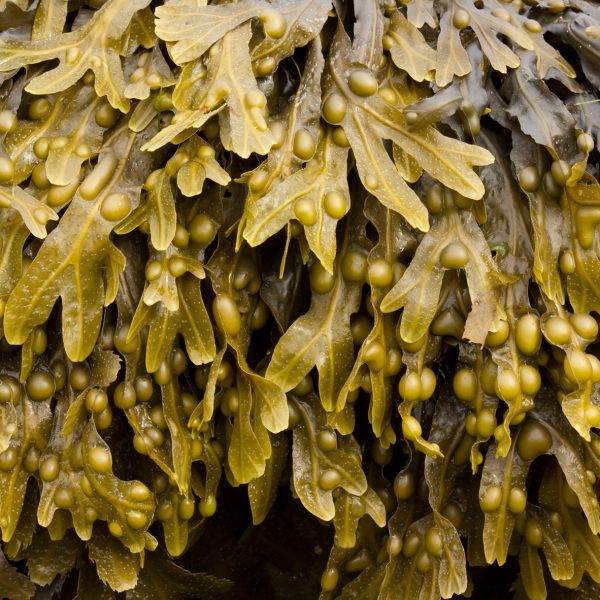
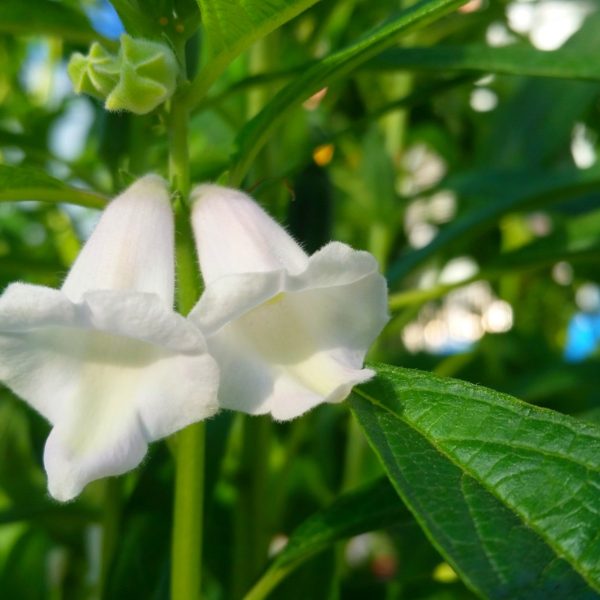












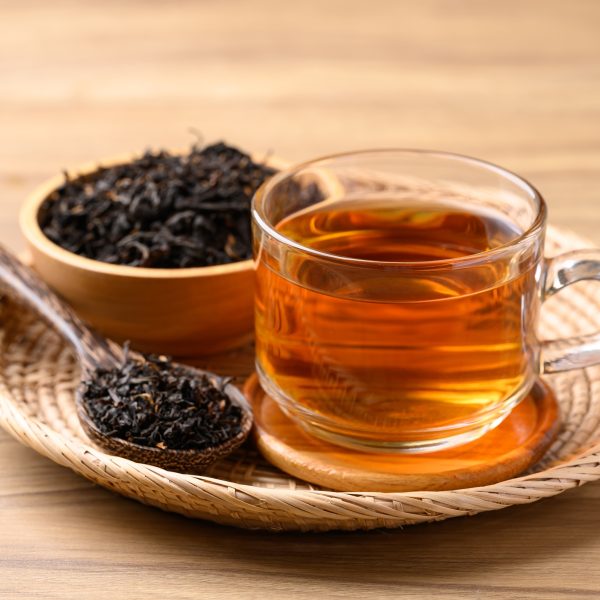
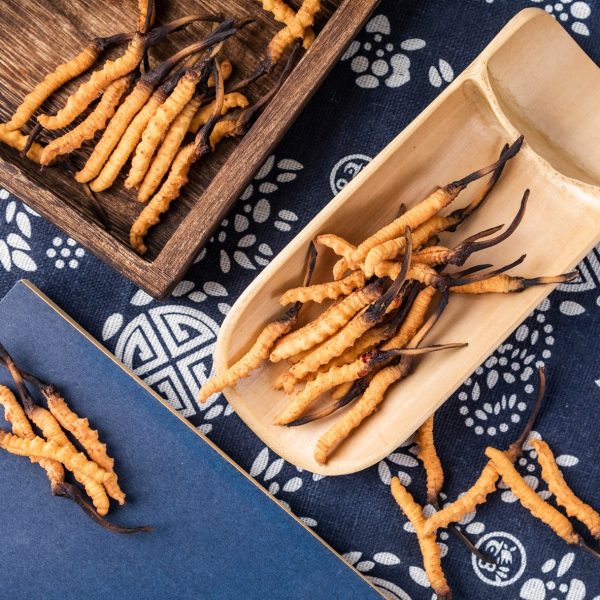
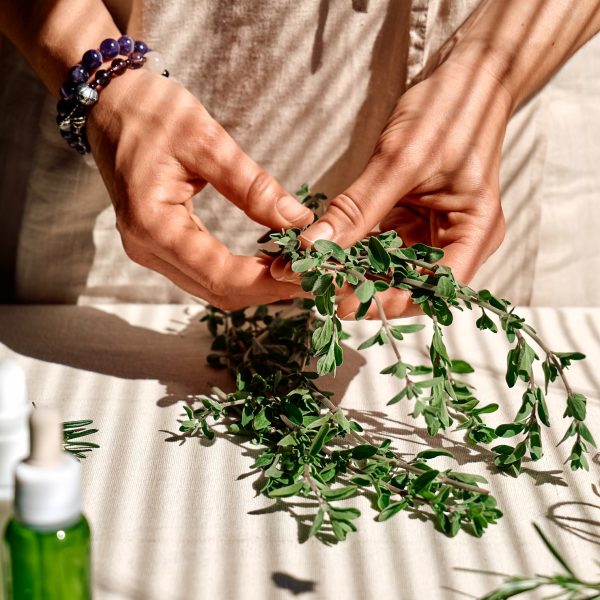
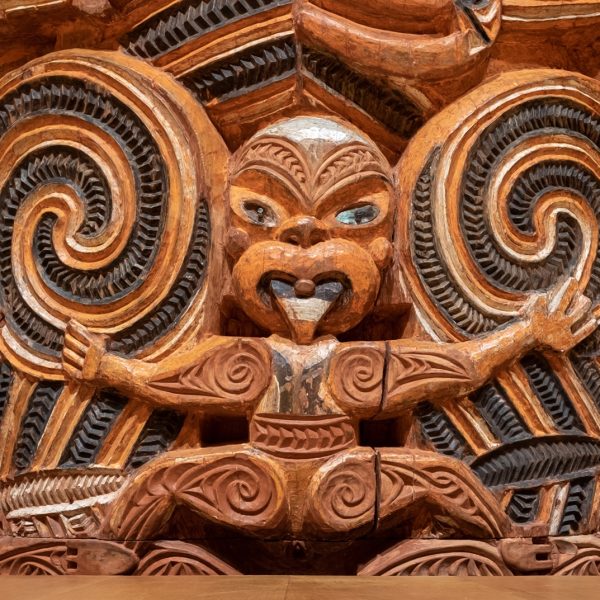










 Gokshura has an affinity for the kidneys and urinary system, encouraging rejuvenation, nourishment and cleansing of the whole system. Gokshura can effectively clear stagnant and/or toxic accumulations seated in the urinary system and the kidneys whilst also encouraging cellular repair and rejuvenation processes once the cleansing has taken place. Skin based conditions affecting the hands and feet are often effectively treated through cooling excess heat and inflammation present in the kidneys and the liver; gokshura has a cleansing and cooling effect on both organs and is, therefore, effective for treating characteristically hot, irritated and itching skin based complaints.
Gokshura has an affinity for the kidneys and urinary system, encouraging rejuvenation, nourishment and cleansing of the whole system. Gokshura can effectively clear stagnant and/or toxic accumulations seated in the urinary system and the kidneys whilst also encouraging cellular repair and rejuvenation processes once the cleansing has taken place. Skin based conditions affecting the hands and feet are often effectively treated through cooling excess heat and inflammation present in the kidneys and the liver; gokshura has a cleansing and cooling effect on both organs and is, therefore, effective for treating characteristically hot, irritated and itching skin based complaints.





